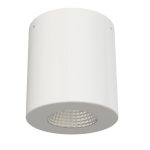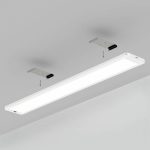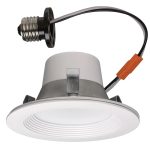Maximizing the Benefits: How Often Should You Do LED Light Therapy?
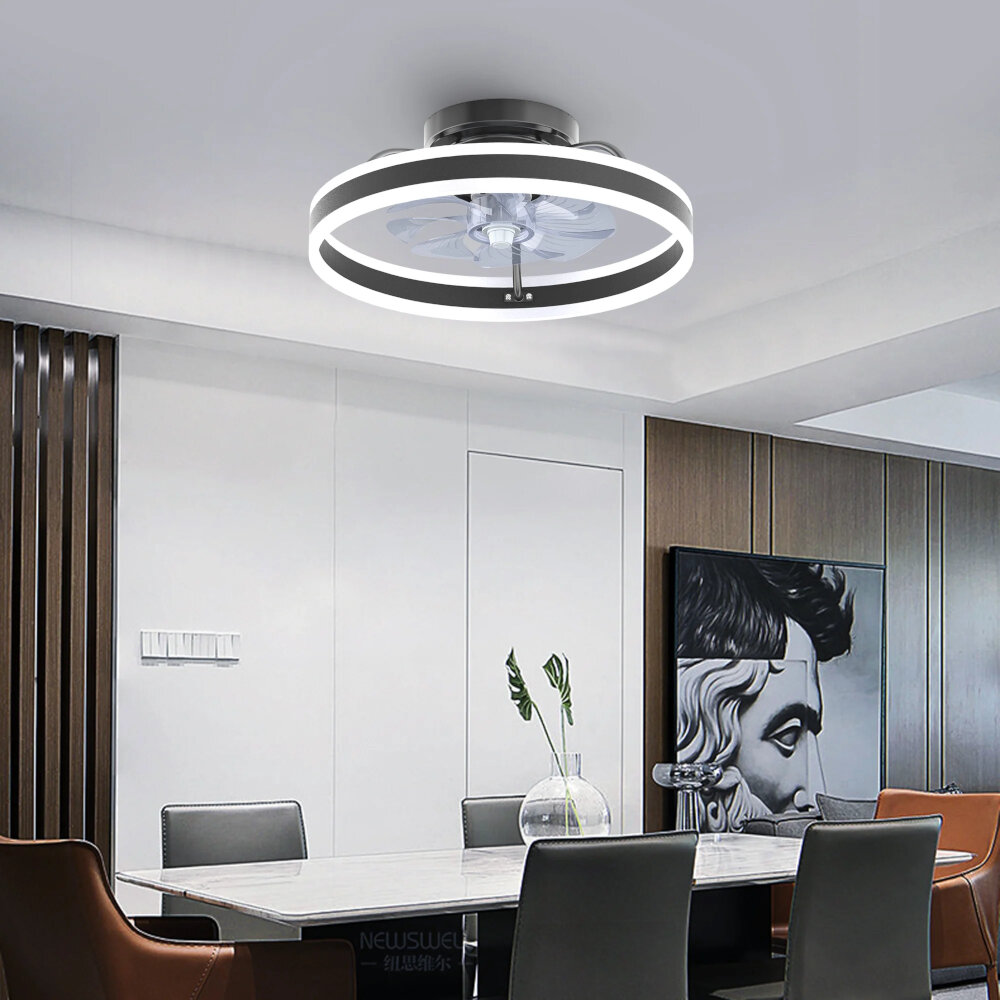
In recent years, LED light therapy has become a popular treatment for a variety of skin and wellness issues. This non-invasive therapy involves exposing the skin to certain wavelengths of light to stimulate cellular activity and promote healing. While LED light therapy has been shown to provide a range of benefits, one question that often arises is how often this treatment should be done to maximize its effects. The answer to this question depends on several factors, such as the specific condition being treated, the severity of the issue, and the type of LED light therapy being used. In this article, we will explore the benefits of LED light therapy in more detail and discuss how frequently this treatment should be done for optimal results. Whether you are struggling with acne, aging skin, or chronic pain, understanding the ideal frequency for LED light therapy can help you achieve the best possible outcomes.
LED light therapy involves the use of light-emitting diodes to emit low-level light energy to the skin to stimulate cellular activity. This non-invasive therapy is widely used in skin care as it has numerous benefits. It helps to reduce fine lines and wrinkles, improves skin texture, and reduces the appearance of age spots and sun damage. LED light therapy also has anti-inflammatory properties that help to reduce redness and irritation caused by acne and rosacea. It is a pain-free and safe treatment that can be used on all skin types and colors. With regular use, LED light therapy can help to improve the overall appearance and health of the skin.
Understanding LED Light Therapy
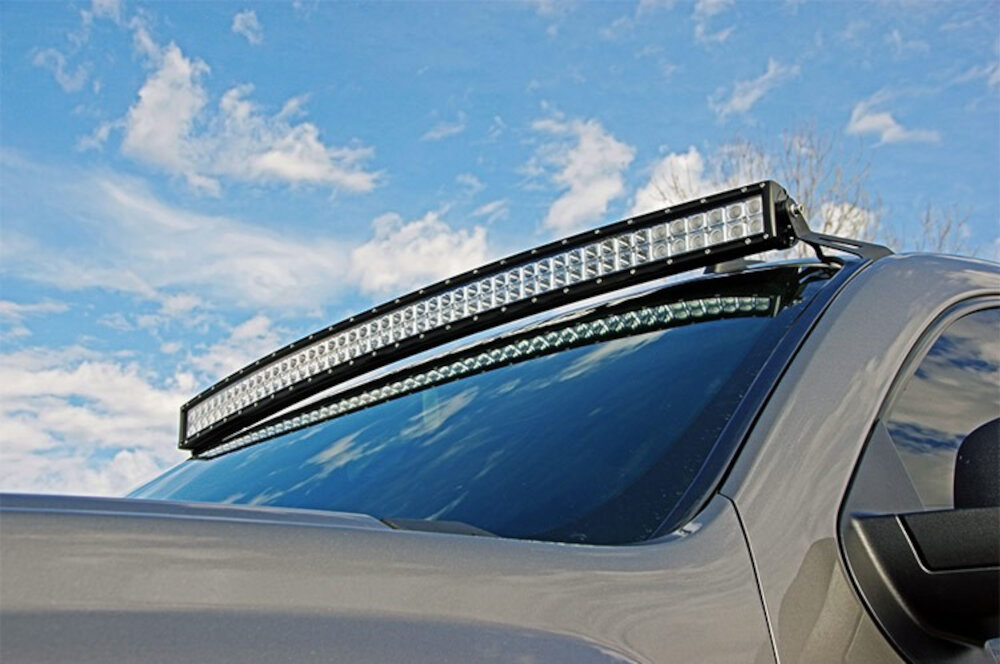
LED light therapy is a non-invasive and painless treatment that uses light-emitting diodes (LEDs) to stimulate skin cells and promote healing. This therapy has been around for decades and is widely used in dermatology clinics and spas. LED light therapy works by emitting specific wavelengths of light that penetrate deep into the skin, triggering a natural healing response at the cellular level. The light energy is absorbed by the skin cells, which then convert it into energy that stimulates collagen production, reduces inflammation, and improves skin texture and tone. Depending on the specific wavelength used, LED light therapy can also help to reduce acne, hyperpigmentation, and other skin conditions. To maximize the benefits of LED light therapy, it is important to use the correct wavelength and frequency for your specific skin concerns. Red light therapy is commonly used to promote collagen production and reduce fine lines and wrinkles, while blue light therapy is effective for treating acne and other inflammatory skin conditions. Some devices also offer a combination of red and blue light therapy, which can be beneficial for both anti-aging and acne-prone skin. To achieve the best results, LED light therapy should be performed regularly, typically once or twice a week for several weeks or months. It is also important to use a high-quality device that is designed for at-home use and to follow the manufacturer’s instructions carefully to ensure safe and effective treatment.
LED light therapy is a non-invasive treatment that uses specific wavelengths of light to penetrate the skin and promote healing. The light energy stimulates the production of collagen and elastin, which are essential for healthy skin. Additionally, the therapy helps to increase blood flow and reduce inflammation, resulting in a brighter, more even complexion. The different colors of light have varying benefits: red light is used for anti-aging and reducing inflammation, blue light is used for treating acne, and green light is used for reducing hyperpigmentation. LED light therapy is safe for all skin types and can be used in combination with other skincare treatments to maximize its benefits.
LED light therapy is becoming increasingly popular in the beauty industry due to its numerous benefits. There are different types of LED light therapy that can be used to target specific skin concerns. Red light therapy is commonly used to promote collagen production, reduce inflammation, and improve skin elasticity. Blue light therapy is effective in treating acne by killing bacteria that cause breakouts. Green light therapy is used to reduce hyperpigmentation and improve skin tone. Yellow light therapy is used to reduce redness and irritation, while infrared light therapy is beneficial for reducing the appearance of fine lines and wrinkles. Each type of LED light therapy has its own unique benefits, and the frequency of use will depend on the individual’s skin concerns and desired results.
LED light therapy is a non-invasive and painless procedure that has numerous benefits for the skin. It works by penetrating the skin with different wavelengths of light to promote cellular rejuvenation and healing. LED light therapy has been shown to improve skin texture, reduce fine lines and wrinkles, and even out skin tone. It can also help to reduce inflammation and redness, making it an effective treatment for acne and rosacea. Additionally, LED light therapy stimulates collagen production, which helps to plump up the skin and reduce the appearance of wrinkles. With regular use, LED light therapy can improve the overall health and appearance of the skin, leaving it looking more youthful and radiant.
Frequency of LED Light Therapy
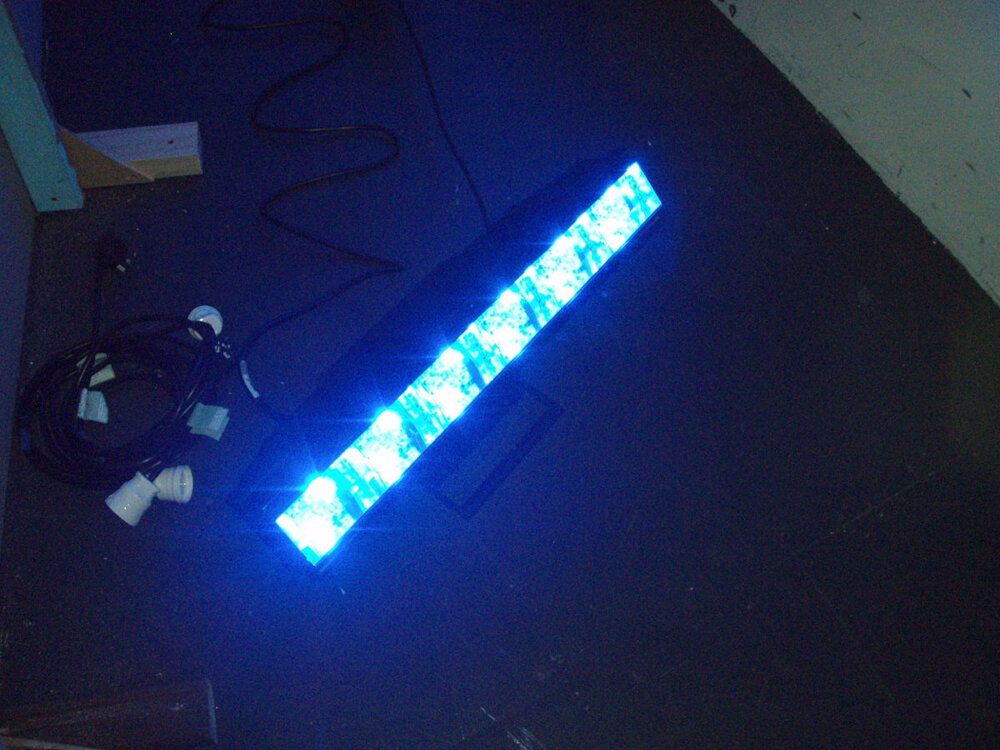
LED light therapy has become increasingly popular in recent years as an effective treatment for a variety of skin conditions, including acne, wrinkles, and hyperpigmentation. One of the most common questions people have about LED light therapy is how often they should do it to maximize its benefits. The frequency of LED light therapy largely depends on the individual’s skin type and the specific condition they are trying to treat. For individuals with mild to moderate acne, it is recommended to undergo LED light therapy twice a week for several weeks to see significant improvements in their skin. Those with more severe acne may require more frequent treatments, up to three times a week, for a longer duration of time. For anti-aging purposes, LED light therapy can be done once a week to stimulate collagen production and improve the appearance of fine lines and wrinkles. For those with hyperpigmentation, four to six sessions of LED light therapy per week may be necessary to see a noticeable difference in skin tone and texture. Ultimately, the frequency of LED light therapy should be determined in consultation with a dermatologist or skincare professional to ensure the best results. In conclusion, the frequency of LED light therapy varies depending on the individual’s skin type and the condition they are trying to treat. Consistent and regular LED light therapy sessions can produce significant improvements in acne, wrinkles, and hyperpigmentation. However, it is important to consult with a skincare professional to determine the optimal frequency and duration of treatment for each individual’s unique needs. With proper care and guidance, LED light therapy can be an effective and non-invasive solution to achieving healthy, glowing skin.
LED light therapy is a non-invasive beauty treatment that uses different wavelengths of light to benefit the skin. The therapy offers a range of benefits, from reducing acne and wrinkles to improving skin texture and tone. To maximize the benefits of LED light therapy, it is important to understand how often it should be done. Depending on the purpose of treatment and the individual’s skin type, the frequency of LED light therapy can vary. Generally, it is recommended to undergo LED light therapy 2-3 times a week for a minimum of 4-6 weeks to see significant results. However, for those with severe skin conditions, daily treatment may be required for the first week or so. It is always best to consult with a skincare professional to determine the appropriate frequency and duration of LED light therapy for your specific needs.
The frequency of LED light therapy can be influenced by several factors. Firstly, the type of skin concern being targeted will determine the optimal frequency of treatments. For instance, if treating acne, more frequent sessions may be required. Secondly, the intensity of the LED light therapy device being used can affect how often the treatment should be done. Higher intensity devices may require less frequent treatments. Thirdly, the duration of each session can also impact the frequency of LED light therapy. Longer sessions may require less frequent treatments. Lastly, the individual’s skin type and sensitivity can also play a role in determining how often LED light therapy should be done. It is important to consult with a skincare professional to determine the optimal frequency of LED light therapy for your specific skin concern and skin type.
The recommended frequency for LED light therapy may vary depending on the skin condition being treated. For acne-prone skin, it is suggested to do LED light therapy three times a week for about 20 minutes. On the other hand, for anti-aging purposes, it is optimal to do the treatment twice a week for 20-30 minutes. For those dealing with hyperpigmentation, it is recommended to use the light therapy two to three times a week for about 20 minutes. It is important to note, however, that overuse of LED light therapy can be counterproductive, and it is crucial to follow the recommended frequency for optimal results.
How to Maximize the Benefits of LED Light Therapy
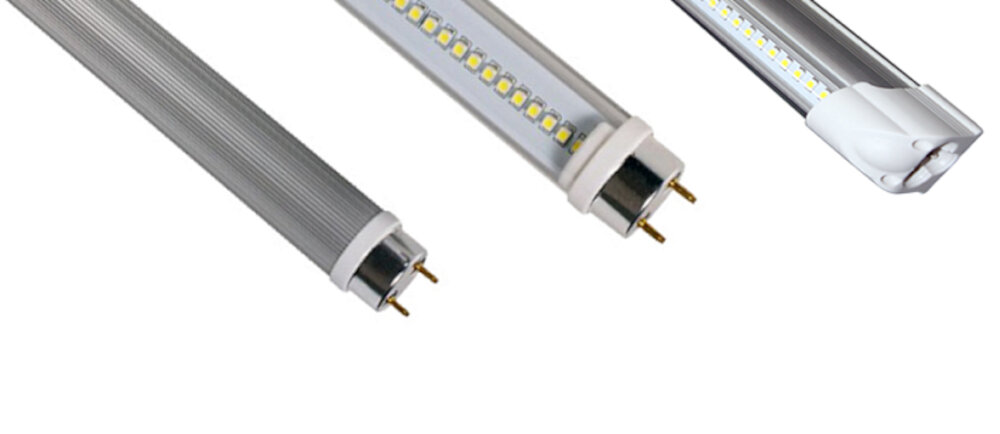
LED light therapy is a non-invasive and painless treatment that uses different wavelengths of light to improve skin health, reduce inflammation, and boost collagen production. It is an effective and safe treatment for various skin conditions, such as acne, wrinkles, and hyperpigmentation. To maximize the benefits of LED light therapy, it is crucial to follow some guidelines. Firstly, it is recommended to have a series of treatments for optimal results. The number of sessions depends on the skin condition and the severity of the issue. Generally, a series of six to twelve treatments, spaced one to two weeks apart, is recommended. Consistency is key, and it is essential to stick to the treatment plan to see significant improvements in skin health. Moreover, it is important to maintain a healthy lifestyle, including a balanced diet and regular exercise, to enhance the benefits of LED light therapy. Another way to maximize the benefits of LED light therapy is by combining it with other skincare treatments. For instance, using a high-quality serum or moisturizer before or after the treatment can enhance its effectiveness. Additionally, combining LED light therapy with microneedling or chemical peels can improve the absorption of skincare products and boost collagen production, resulting in smoother, firmer, and more radiant skin. It is crucial to consult with a skincare professional to determine the best combination of treatments for your skin type and condition. Lastly, it is important to protect the skin from the sun and avoid using harsh skincare products that can irritate or damage the skin, as this can counteract the benefits of LED light therapy. By following these guidelines, you can maximize the benefits of LED light therapy and achieve healthier, more youthful-looking skin.
To maximize the benefits of LED light therapy, it is important to follow proper pre and posttreatment care tips. Before treatment, it is recommended to cleanse your skin thoroughly and remove any makeup or sunscreen. This will allow the LED lights to penetrate deeper into your skin for better results. It is also important to protect your eyes with goggles or eye shields. After treatment, avoid exposing your skin to direct sunlight and apply a moisturizer to keep your skin hydrated. It is also recommended to avoid using any exfoliants, harsh cleansers, or other treatments that may irritate your skin for at least 24 hours post-treatment. By following these simple tips, you can ensure that you receive the best possible results from your LED light therapy sessions.
Combining LED light therapy with other skincare treatments can enhance its benefits and produce even more effective results. For instance, using LED light therapy in combination with micro-needling, chemical peels, or facials can help to reduce the appearance of wrinkles, fine lines, and hyperpigmentation. LED light therapy can also help to soothe the skin and reduce inflammation after these types of treatments. Additionally, using LED light therapy in combination with topical skincare products, such as vitamin C serums or retinoids, can further improve skin texture and tone. However, it is important to consult with a skincare professional before combining LED light therapy with other treatments to ensure a safe and effective regimen.
Maintaining the results of LED light therapy is crucial for long-term benefits. Consistency is key when it comes to LED light therapy, and it is recommended to continue treatment at least once or twice a week to maintain the results. It is also important to maintain a healthy lifestyle and skincare routine to complement the therapy. This includes keeping the skin clean and moisturized, wearing sunscreen, and consuming a balanced diet. Additionally, avoiding smoking and excessive alcohol consumption can help to enhance the benefits of LED light therapy. By following these tips, individuals can effectively maintain the results of LED light therapy and enjoy its benefits for years to come.
Risks and Precautions
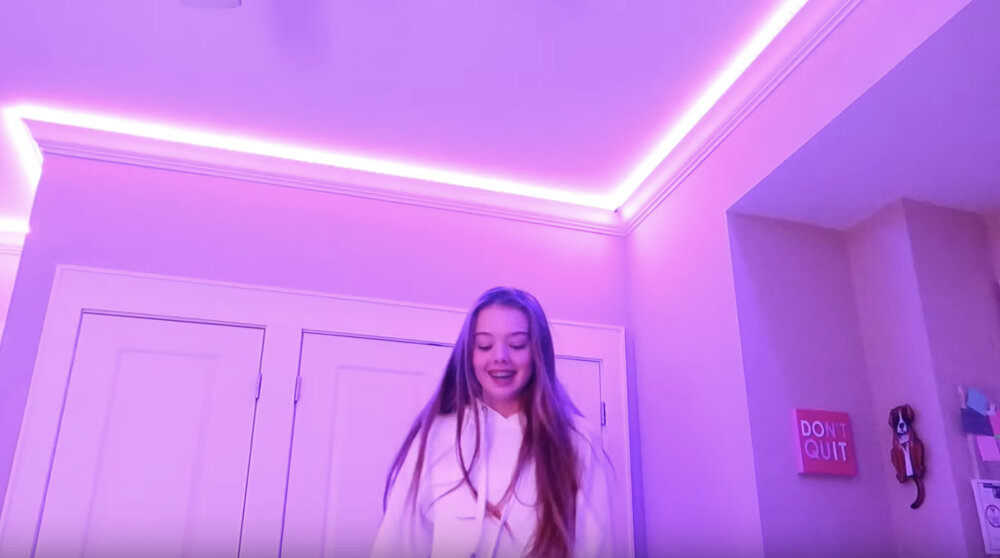
When it comes to LED light therapy, there are some risks and precautions that should be taken into consideration before starting any treatment. The most common risk associated with this therapy is eye damage, as the bright light emitted from the device can have a harmful effect on the retina. Therefore, it is highly recommended to use protective goggles during the sessions to prevent any irreversible damage to the eyes. Another risk that should be taken into consideration is skin irritation. Some individuals may experience redness, swelling, or itching after using the device, especially if they have sensitive skin. To avoid this, it is recommended to start with shorter sessions and gradually increase the duration as the skin gets used to the therapy. It is also important to avoid using the device on open wounds or areas with active acne to prevent further irritation. To ensure the safety and effectiveness of LED light therapy, there are some precautions that should be followed. First, it is important to choose a reputable brand and device that has been approved by the FDA. This guarantees that the device has undergone rigorous testing to ensure its safety and efficacy. Second, it is important to follow the instructions provided by the manufacturer carefully. This includes the recommended duration and frequency of the sessions, as well as any precautions or contraindications. Third, it is important to consult with a healthcare professional before starting any LED light therapy, especially if you have any underlying medical conditions or are taking any medications. This will help ensure that the therapy is safe and appropriate for your individual needs. By following these precautions, individuals can safely and effectively maximize the benefits of LED light therapy for their skin and overall well-being.
LED light therapy, also known as photobiomodulation, is a non-invasive, painless, and safe treatment that uses specific wavelengths of light to stimulate cellular functions in the skin. While this therapy has numerous benefits, there are still some possible side effects to consider. The most common side effects include mild redness, swelling, and irritation in the treated area, which usually subside within a few hours. However, in rare cases, some people may experience headaches, dizziness, or nausea. Therefore, it is important to consult a healthcare professional before starting LED light therapy to ensure that it is safe for you and to minimize the risk of adverse effects.
While LED light therapy is generally safe and suitable for most people, there are certain individuals who should avoid it. People with photosensitivity disorders, such as lupus or porphyria, should avoid LED light therapy as it can trigger a flare-up of their condition. Additionally, people who are taking medication or supplements that increase their sensitivity to light, such as certain antibiotics or St. John’s Wort, should also avoid LED light therapy. Pregnant women should consult with their healthcare provider before trying LED light therapy, as there is limited research on its safety during pregnancy. It’s always best to check with your healthcare provider if you have any concerns about whether LED light therapy is right for you.
Before starting LED light therapy, it is essential to consult with a healthcare professional, especially if you have any underlying medical conditions or are taking any medication. It is also important to ensure that the LED device is safe for use and that you follow the manufacturer’s instructions carefully. Additionally, it is recommended to avoid direct exposure to sunlight for at least 24 hours before and after treatment, as well as to remove any makeup or skincare products that may interfere with the light’s penetration. After the session, it is best to moisturize the skin to prevent dryness and irritation. It is also advisable to avoid any harsh chemicals or exfoliants that may cause further skin sensitivity. With these simple precautions, you can safely and effectively reap the benefits of LED light therapy.
LED light therapy has been gaining popularity in recent years due to its many benefits for the skin. This treatment uses different wavelengths of LED light to penetrate the skin and stimulate cellular activity. The benefits of LED light therapy include reducing the appearance of fine lines and wrinkles, improving skin texture and tone, reducing acne and inflammation, and promoting collagen production. It can also improve circulation and reduce the appearance of sun damage. LED light therapy is a non-invasive and painless treatment that can be done at home or in a clinic setting. Consistent use of LED light therapy can provide long-term benefits and improve overall skin health.
LED light therapy is becoming increasingly popular due to its remarkable benefits for the skin, hair, and overall health. However, to maximize these benefits, it is essential to follow a recommended frequency. Experts suggest that for noticeable results, one should use LED light therapy at least 2-3 times per week for 8-10 weeks. After this initial period, maintenance sessions can be performed once a week. It is important to note that consistency is key when it comes to LED light therapy. To maximize the benefits, it is also recommended to use high-quality LED light devices and to follow the manufacturer’s instructions carefully. Additionally, combining LED light therapy with other skincare routines such as exfoliation and moisturizing can help enhance the results. Overall, incorporating LED light therapy into your regular skincare routine can lead to significant improvements in skin health and appearance.
After considering all the factors discussed in this article, it is recommended that one should use LED light therapy 2 to 3 times per week to maximize its benefits. It is also important to use the appropriate wavelength for the desired results and to consult with a healthcare professional before starting any new therapy. Consistency is key when it comes to LED light therapy, so it is recommended to integrate it into a regular skincare routine. It is important to note that LED light therapy should not be used as a substitute for medical treatment for certain skin conditions, and it should not be used excessively as it may cause adverse effects. With proper use and guidance, LED light therapy can be an effective and safe option for improving skin health and overall well-being.
Conclusion
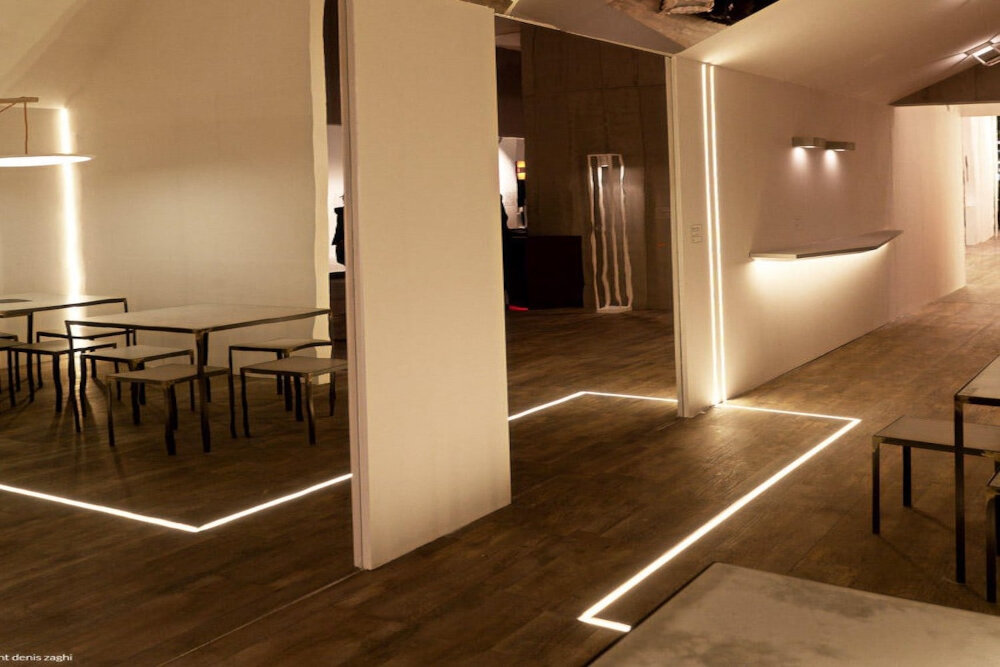
In conclusion, LED light therapy has shown promising results in improving various skin conditions and overall wellness. However, the frequency of LED light therapy sessions should depend on the individual’s skin type, the severity of their condition, and their desired outcome. While some may see results with just a few sessions, others may require more frequent treatments. It’s important to consult with a healthcare professional or licensed esthetician to determine the appropriate frequency and duration of LED light therapy sessions to maximize its benefits. With consistent and appropriate use, LED light therapy can be a beneficial addition to any skincare routine.

